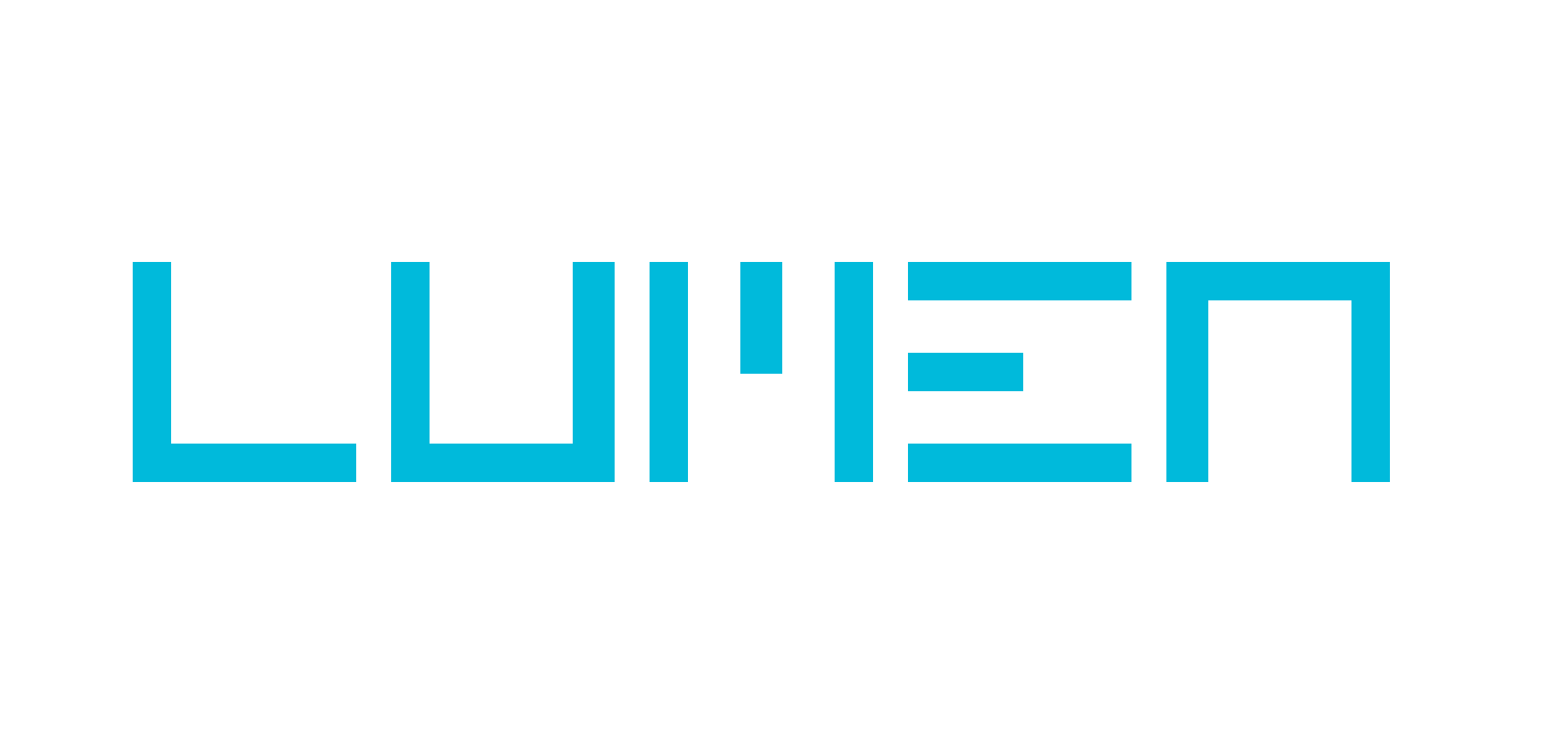00.00
Dentsu unlocks the new currency of attention
The last few months have been feverishly busy at Lumen. We have been working on the largest eye tracking study ever undertaken: Dentsu’s Attention Economy 2.0 programme. And on Thursday May 27th, we’ll release the headline findings.
Dentsu have put together a consortium of some of the world’s largest and most influential media players, including Facebook, Snapchat, Verizon Media, Teads, Spotify, Broadcasters and Technology platforms.
They have come together to design and execute a truly massve cross media attention study: 3400 people were involved in the first wave of research (conducted by Amplified Intelligence in 2018); 6000 respondents have been involved in the second round of mobile eye tracking data collection (conducted by Lumen); and a further 5000 consumers are involved in collecting attention data for TV (overseen by TVision).
But the study isn’t only distinguished by its scale. It’s also important because of its scope.
Dentsu didn’t just want to understand the drivers of attention to advertising. They wanted to go further to understand how attention relates to outcomes – be it brand recall or brand choice. Understanding the ‘volume’ of attention advertising receives is one thing; understanding the ‘value’ of that advertising is quite another.
To understand both these sides of the equation, we have combined two quite different techniques for data collection:
1) To understand the ‘volume’ of attention to advertising, we have recruited ‘attention panels’ in the UK and the US. The panels passively track the attention people pay to advertising on their mobile phones. From this data we have been able to understand how things like ad size, scroll speed and video length interact to influence how likely an ad is to grab people’s attention – and hold on to it.
2) To understand the ‘value’ of attention to ads, we conducted some more ‘controlled experiments’. We recruited a separate set of panelists and asked them to all engage with the same set of environments on their phone. By changing the combinations of content and advertising, we could isolate the impact of each variable. But we could go one step further, using questionnaires and brand choice methodologies to understand the impact of the ad attention on subsequent recall and intention to purchase.
Each dataset complements the other. The ‘in the wild’ data collection helps us understand the drivers of attention; the controlled tests help us understand the value of that attention.
This innovative approach is already raising some fundamental questions:
· How much more effective is advertising that is actually viewed rather than being merely viewable?
· How useful are viewability standards as a proxy for attention?
· What are the minimum levels of attention required for your ads to be effective?
· What are media characteristics smart advertisers should look for to drive attention to their ads?
· What are the prospects for a true ‘currency of attention’ for advertisers and publishers alike?
00.00










